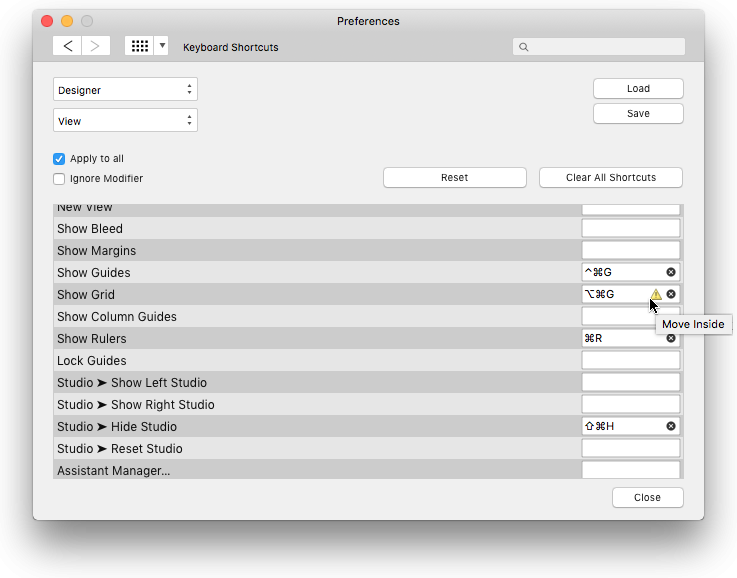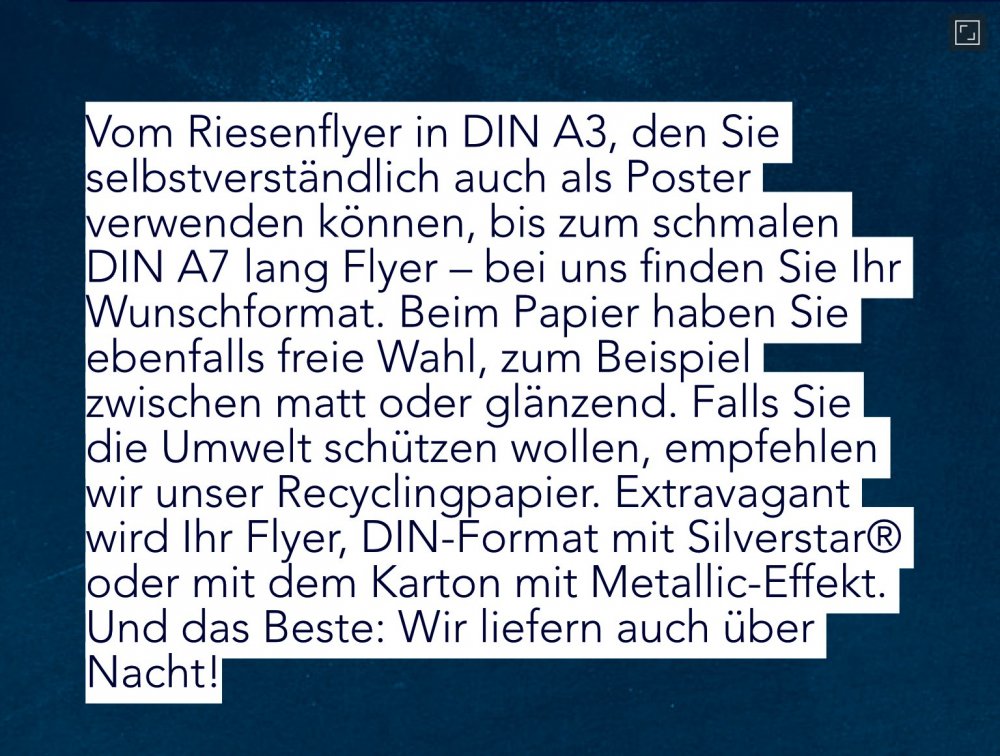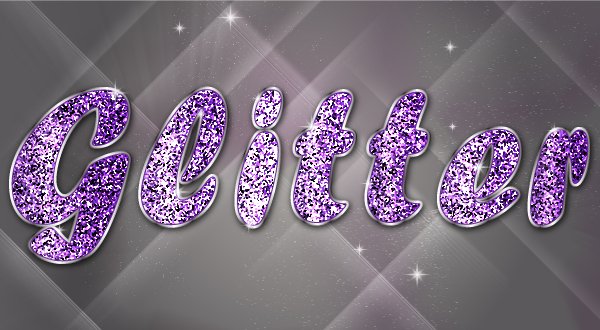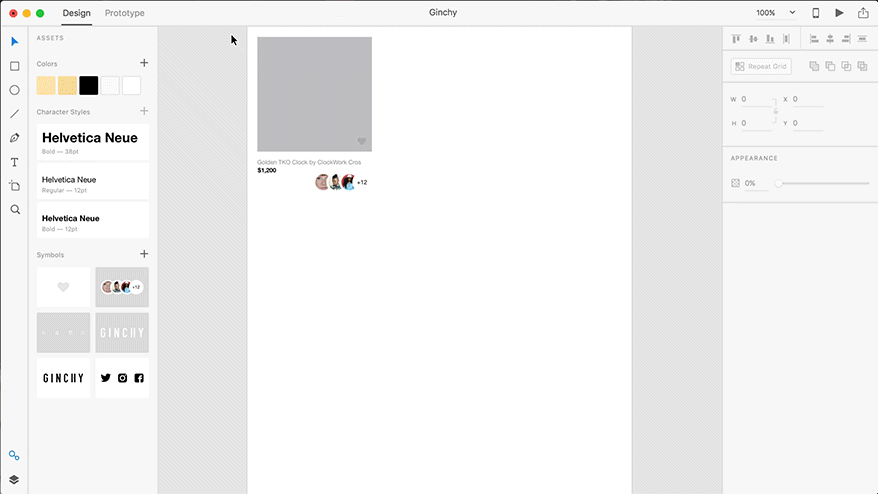Search the Community
Showing results for tags 'AD'.
-
Hello! I have had a few issues recently that seems to be performance related (serious lag and erratic behaviour of node tool and move tool) I have attached a video of a work session (sorry if it's long and tedious, it's a realistic snippet of how I, and probably many others, have to work) I don't know how to put subtitles on a video so I will put a list below with the issues I found. Now, I must say, as it have been pointed out multiple times a smooth and/or simplify option on path and nodes would be greatly appreciated. I know that I will receive comments on the fact that I should learn to be proficient with a pen tool before trying to smooth paths, because that what I have been reading a lot on these forum. I get that most people who answer here are "creators", but I suspect a lot of us Designer users are what we call "artworkers". Meaning we have to work on files given to us by others (who don't care if their files make sense or not - they don't give a crap, they couldn't be bothered, don't even try to talk to them ) The case I am presenting here is a 146 kb .eps file provided by the studio in charge of digitizing the assets from Schultz estate. They provide those files (take it or leave it) to those who buy the licensing rights. My work here is to smooth out the jagged lines, because the scan was probably done, digitized via livetrace (and converted to .eps) from a small/damaged/blurry line drawing. So if you have the patience to go through the video, you'll see that the file has 81 layers (which I tried to organise a bit prior to recording the video). You'll see that I really lack the availability to use a smooth tool or a simplify option. I tried to use the "smooth" function in the contextual menu, but it makes little difference to the end result. so the list of issues with the timecode are below: 0.06: trying to use the space key to pan the canvas, it's either slow or simply not working (it sometimes does) have to use the navigator instead 0.14: Same with using the zoom (Space bar + CTRL) 0.38: Trying to select a shape with the node tool (it sometimes works) end up using the layer panel (wading through 81 layers) 1.24: The node tool now has a mind of its own. At the particular moment I am not even touching the tablet with the pen. I am just hovering over the drawing after clicking the node and the node tool has now picked up the node and travels with it. I get the same behaviour with a mouse. (but who would use a mouse?). Again, I am not clicking, nor click/draging the node. I have to do a number of CTRL+Z to restore state. 3.10: Happens again. As I said, the original file is 810 KB. It's 146 kb when saved as an afdesigner file. Beyond the lag/performance issue, I would like to plea for artworkers workflow to be taken into account in the development of the software. When I do an inventory of all the features I'd like to add (select similar for example) I can see that these are features aimed at modifying shapes and paths as opposite as creating new ones. It seems to me that the project managers had "creators" in mind and not artworkers (simplifying here), meaning that if you are working on a generic .eps or .ai file created by someone else, it's infinitely easier do it in Adobe Illustrator (because those feautres exist in .ai), whereas I have no trouble using all the - very well - thought-out tools of Affinity designer if I want to create a design from scratch (I am someone who is naturally very neat with her layer stack, and I always name and group my layers, it's even a breeze if someone has to work on my files ). But if you decide that your software isn't aimed primarily at artworkers, then I think you're losing out (particularly given the price and licencing model, artworkers are AD natural customers. Apologies for the Sundays ramblings.... Hope everything makes sense... record_000001.avi
- 4 replies
-
- performance
- simplify
-
(and 4 more)
Tagged with:
-
Since the upgrade to version 1.7.1 one of my keyboard shortcuts isn’t working anymore; it shows a yellow triangle (that indicates to me that there is a conflict with another option) and the tooltip “move inside” when hovering over the field with the pointer. I have several problems now: It doesn’t tell/show me with which option it is conflicting, and there is no way to search for the option(s) where keyboard shortcuts are used. What does that cryptic message “move inside” mean? Nothing is happening when I click the field.
- 4 replies
-
- designer 1.7.1
- designer
-
(and 2 more)
Tagged with:
-
Hello, I think I have a problem with the field panel. What I am trying to do is to insert some section name in the master page, so I am creating a new text frame at the bottom of the page, and open the field panel and double click on the "section name" area. Now the insert text cursor appear correctly, but when I double click on the section name nothing happens (no grey tone changes, no acknowledgment of my clicking) Note that I am able to insert a page number (see screenshot) via the text>insert>field>page number, but I can't insert a page number by using the panel.
- 2 replies
-
- master pages
- fields
-
(and 1 more)
Tagged with:
-
Hello, I am starting to re-learn Designer with the arrival of 1.7, and there are a few things that I didn't undertsand first time, with no improvement on understanding with the new version First one is a biggie: What on earth is OpencolorIO. Mind you, I don't work in animated movies and rarely handle LUTs (although it may happen). I checked the help files (didn't help), checked the OpenIO website (Very obscure language), and also this very forum (with a link in one thread refering to explanatory videos - link is broken on Vimeo) I am generally fairly familiar with colour management, but fail to get the concept of OpencolorIO... It's probably that they don't use the same jargon as I am. Can anyone either point me to simpler language references or maybe attempt at explaining themselves? (you can even use puppet socks if all fails ) Thanks so much in advance!
-
Hello, As I gradually wade into the new features one by one, I noticed a few odd things. 1- I can get the point transform tool by pressing "F" but I can't see that particular tool as an icon in the tools panels. Also, is the point transform tool supposed to accept the power duplicate function? I tried, and it's not working. 2- When I try to use the transform node function (see screenshots) it seems I'm not able to see the transform box. I think I have deselected "hide box when dragging", just in case, but none of the transform handles are showing, and I can't use the transform panel either. It seems that I don't undestand how it works (the Help file id quite obscure) I have no doubts that I will fins a few other things I don't understand Thanks!
-
This is long time bug. I think it affect only users that are using extra monitor time to time. I guess Affinity softwares think second monitor is still available and missing tools and toolbars are parked right there, behind the MPB monitor space. Resetting corrects the problem but it is nonetheless not good solution if you have to do it daily.
-
In Affinity Designer, how do you convert a vector brush stroke to a curve. Yes, the stroke itself is a curve, but with the brush applied it has texture (width, scratches, drop-outs, etc.) in the stroke. I'd like to take the "rendered" vector stroke and convert it to an outline curve (kind of like converting a text letter to a curve). How is this done?
-
Hi, I recently switched from Adobe Illustrator to AD and so far loving it. However, I need to export a design/file with gradient letters for printing, vector quality. Thing is that if I export it with gradient, the result gets blurry and no longer vector. If I do not use gradient all goes well and its vector sharp. I suppose as a newby to AD I have some settings for export wrong. What can I do to export to pdf for professional print and keep the gradient and keep the vector quality please? Thanks, Annie
- 12 replies
-
- ad
- gradient issue
-
(and 1 more)
Tagged with:
-
Dear Affinity-Community, hopefully one of you knows something : My client needs a file (pdf) that requires some lines (strokes) to be RGB-red and have a width of exactly 0.001pt. This hairlines will later define the cutting lines for caoutchouc, so I guess some kind of laser cutting. When i set the stroke width to 0.001point it jumps to zero!?! What do I do? Any work-arounds or solutions? Thank you so much.
- 4 replies
-
- stroke width
- stroke
-
(and 2 more)
Tagged with:
-
Hy everybody, I'm struggling with a common effect I cannot reproduce in AD up to know (I'm new to AD and didn't find a possibility). Often I have to use some kind of glitter that is scalable -> it has to be vector and (this would be best) a style or whatever so that I can just apply it to other objects. Here is a tutorial I found for Adobe Illustrator - how can we realise exactly this effect in AD? https://design.tutsplus.com/tutorials/how-to-create-a-vector-glitter-text-art-effect--vector-6133 Thank you so much in advance for your help! Best, Foxi
- 1 reply
-
- affinity designer
- ad
- (and 5 more)
-
Hey guys, I was hoping you could help me out. I'm trying to create some textures to use in Affinity Designer and save them as assets. Should I create them as vector or PNG and can you explain why? I tend to think that vector is better, but it's way too heavy. Thanks
- 1 reply
-
- affinity designer
- texture
-
(and 1 more)
Tagged with:
-
Hi, One of my favorite features in AD for Mac/Windows is compound shapes, with the possibility to apply boolean operations without loosing the geometry of the original shapes. I have not been able to do the same on iPad. However, if I modify on the iPad a drawing created on the Mac, I see that compound shapes are correctly handled on the iPad, (I can move the individual shapes and I can even move existing shapes into the compound by dragging the corresponding layer into the compound "group"), but I do no see, for example, where I could change the associated boolean operation (e.g. from Add to Intersect). Am I missing something? Thank you for your help. Dahu
-
Why are you developing Affinity Designer so slowly? You have created a terrific application, but do not hurry to develop it( You do a lot of new things because you do not have a subscription and you need to make money on new products but please do not forget to pump Affinity Designer. Thank you for your attention and for the incredible cool app AD and AP)
-
- 2 replies
-
- adobe xd
- affinity designer
-
(and 1 more)
Tagged with:
-
Hi Folks, It's been a while since I've been on here. Must mean I've been getting better with AP and AD... hmmm. Anyway.... Artboards, what are they all about? I understand the idea behind them, useful for showcasing projects etc but they do confuse me and I am after some help. I have created a number of social media ready type banners and profile photos etc that I plan to use across various social media platforms for a new upcoming venture. I have each of these created as separate files having used both AD and AP to create them. I then thought it would be good to have them printed so that I can pin them up in my office and mull them over. I thought what would be the best way to place all of these separate files onto a single sheet and print it to display it. Then I thought of artboards. Now first things first am I being daft and this isn't a good use of art boards in this situation? secondly. How the hell do I place all my separately created layer files onto a single artboard? is it possible or am I just getting the whole concept totally wrong and this isn't going to work? Any help would be greatly appreciated as alway. Thanks Mark
-
I’ve brought this up before (but can’t find it anymore) and it has been kind of waved aside by staff but new observations have me bring this up again: I’m used to hit Cmd-D when the modal dialog comes up to dismiss unsaved work. This works with every program except Affinity Designer (and LibreOffice but that’s a different subject). I have to add that my OS language/locale is set to German but still, the shortcut is universal and works in every program I can think of right now except this one. Now, I don’t remember what Serif staff told me would be the reason for that but interestingly I can use the keyboard shortcut Cmd-R for “Replace file” in the respective dialog box when saving a file with the same name as an already existing one. So, why is that? I find it a major inconvenience that I can’t dismiss unsaved work with a keyboard shortcut.
- 20 replies
-
- mac
- key command
-
(and 3 more)
Tagged with:
-
Being very new, I'm using a number of tutorials to assist my learning. In many such, in both AP and AD, when they move their cursor along either the horizontal or vertical edge of the page, the center lines of the page pop-up, usually in green lines. Mine is not doing that. I've added a pixel layer, and doesn't matter if I'm using the pen tool, brush tools, or gradient tool, as I pass along the edges it still does indicate center lines. Where is the setting for turning this one?? Here is the URL of a tutorial that describes it early on:
-
I type out text using the Artistic Text or Text Frame tools, then double (or triple) click and proceed to highlight the text that I want to make adjustments to. The only problem is, I can't see what I've selected because the text doesn't become highlighted! I could still make edits, but it takes alot more time if I am moving quickly and don't put my cursor where I think it should be. Any help? Affinity Designer 1.6.1, Mac 10.13.3
- 19 replies
-
Hello! I designed a little scene in AD, and put everything on its own layer(as you would in AI when importing to AE): Each element is separated out, for example: To my knowledge, the current way to get separated layers into AE, is to use .PDF, which seems to work perfectly(also note that with "Karma" selected in AE, it highlights exactly what I want): However, which I convert the layer into Shape Layers using "Create Shape Layers from Vector Layer," the "Karma" text completely goes away and it adds vectors from I don't know where along with a grey background: Karma is no where to be found in the Shape Layers groups and it added layers from somewhere else. It appears that "Facts & Trivia" and those 5 images get put on every layer that I break apart. Any ideas what I'm doing wrong here?
- 7 replies
-
- affinity designer
- after effects
-
(and 1 more)
Tagged with:
-
In the absence of a line offset tool, I am trying to re-draw (by eye) line paths with an offset from the original. I am wondering if there is anyway of either matching/setting the angle of curvature of a path or being able to maintain an equal separation between paths. I am starting to find it frustrating having to modify each handle and/or eyeballing the desired line offset so there is not a variety of thickness. I have tried expand stroke , but its not giving me the editing functions I need in the final product. I quite often do mascot style logos and to finish off , sometimes give them a bit of an outline. Any thoughts?
-
I've gotten a lot of help here over the past few months and now I have another question. I created a logo, and with the help of this forum was able to set it up so that the line thickness, 3d effects, and gaussian blur effects, all scale with the image when I'm changing it's size. Now I need to know, is there a way to make the text under the logo scale with the object, because right now when I shrink it down, the text is part of the group and the font size doesn't change.
- 11 replies
-
- affinity designer
- ad
-
(and 1 more)
Tagged with:




















